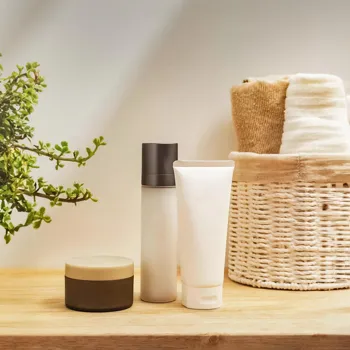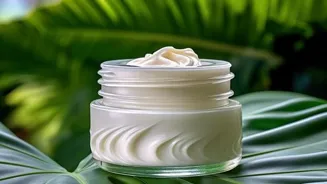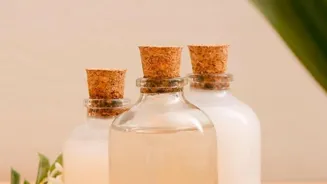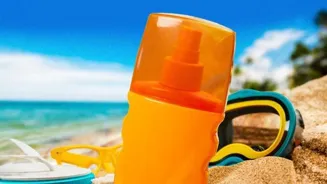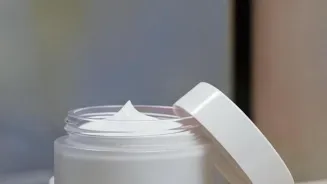Unravel the Mystery of Moisturizers: Find Your Perfect Match for Radiant Skin! Dive into the world of skincare secrets
In a country like India, where the weather can swing from scorching heat to bone-chilling
cold in different regions, or even different seasons, taking care of your skin is a must. And at the heart of any good skincare routine lies a humble yet mighty product: the moisturizer.
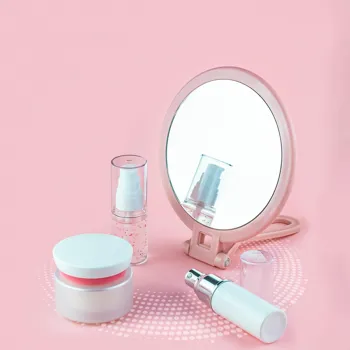
But with so many options available in the market, figuring out which moisturizer is the perfect match for your skin can be a real head-scratcher. Don't worry, we've got you covered!
This guide will break down the different types of moisturizers, helping you navigate the skincare jungle and find "the one" for your radiant and healthy skin.
Moisturizers protect skin by replenishing oils, preventing dryness
Let's start with the basics. What exactly does a moisturizer do? Well, imagine your skin as a brick wall. The skin cells are the bricks, and the natural oils and lipids are the grout, holding everything together and preventing moisture from escaping.
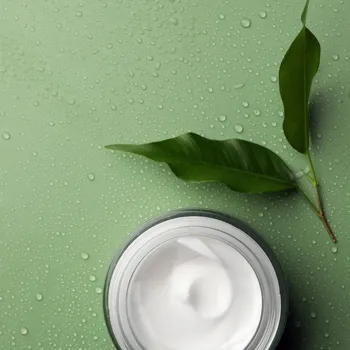
When this "grout" is weakened due to factors like harsh weather, over-washing, or certain skin conditions, the skin becomes dry, flaky, and prone to irritation.
Moisturizers step in to replenish this "grout," creating a protective barrier that locks in hydration and keeps your skin feeling soft and supple.
They work by drawing moisture from the environment into the skin, forming a protective layer to prevent moisture loss, and replenishing the skin's natural oils and lipids. Finding the right moisturizer is thus, a primary step in skincare.
Types of moisturizers: humectants draw moisture, emollients soften skin, occlusives protect skin
Now, let's dive into the different types of moisturizers. These can be broadly classified based on their ingredients and formulation. Humectants are ingredients that attract moisture from the air into the skin. Think of them as tiny magnets drawing water molecules to the surface.
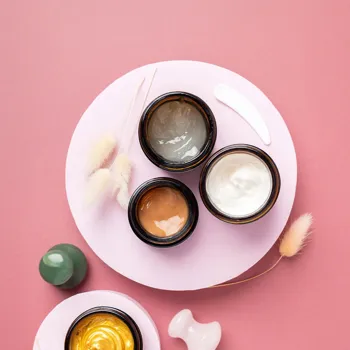
Common humectants include glycerin, hyaluronic acid, and propylene glycol. Emollients, on the other hand, are ingredients that soften and smooth the skin by filling in the gaps between skin cells. These provide a lubricating effect, making the skin feel silky and comfortable.
Examples of emollients include shea butter, cocoa butter, and plant-based oils like jojoba oil and almond oil. Finally, occlusives form a protective barrier on the skin's surface, preventing water loss. They act like a sealant, trapping moisture in and keeping environmental aggressors out.
Common occlusives include petroleum jelly, beeswax, and silicones. Different moisturizer formulations boast varying proportions of these three ingredient types; therefore it is advisable to know your skin type before choosing a type of moisturizer.
Creams for intense hydration and strong moisture barrier; ideal for dry skin in low humidity
Creams are typically thicker and richer than lotions, making them a good choice for those with dry to very dry skin. They contain a higher concentration of emollients and occlusives, providing intense hydration and creating a strong barrier against moisture loss.
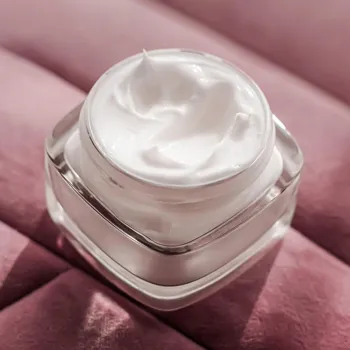
If your skin feels tight, flaky, or irritated, a cream-based moisturizer can work wonders. Many creams also include humectants to draw in moisture, providing a comprehensive hydrating experience. These often come in jars or tubs due to their thicker consistency.
It is advisable to apply these once every day and use for a few weeks to see visible positive changes. Cream based moisturisers are more advisable in areas with less humidity since the skin is naturally drier in those areas. These can be used in very cold weathers too.
Lotions: lightweight, hydrating, quick-absorbing for normal-dry skin
Lotions are lighter and more fluid than creams, making them a suitable option for normal to slightly dry skin. They contain a higher percentage of water and humectants, providing a refreshing burst of hydration without feeling heavy or greasy.
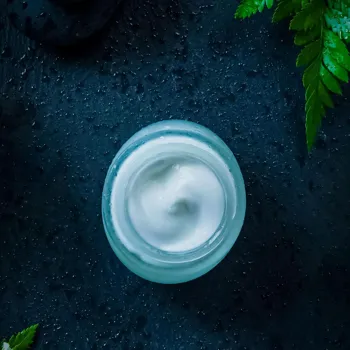
Lotions absorb quickly into the skin, leaving it feeling soft and comfortable. They are also a good choice for use during the daytime, especially under makeup. Lotions typically come in bottles with a pump or squeeze top, making them easy to dispense.
Lotions may need to be reapplied around 2-3 times a day depending on the climate and skin type, but are a good method for quick moisturizing. It is generally a good idea to apply this moisturiser after washing hands so that your hands don't dry.
Lightweight, water-based gels suit oily skin, hydrate without shine, with a cooling effect
Gels are the lightest of the bunch, with a water-based formula that is perfect for oily or acne-prone skin. They are oil-free and non-comedogenic, meaning they won't clog pores or contribute to breakouts.
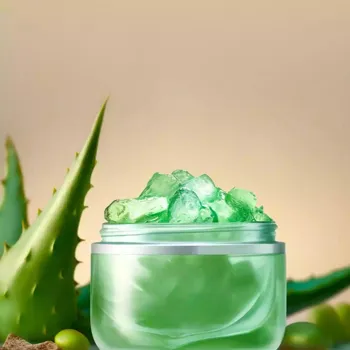
Gels provide hydration without adding extra shine or greasiness, leaving the skin feeling fresh and balanced. They absorb quickly and can even have a cooling effect, making them ideal for hot and humid weather.
Gels often contain ingredients like aloe vera or cucumber extract, which have soothing and anti-inflammatory properties. Gels also can be applied on other parts of your body, such as your face and neck. These, therefore, are very versatile.
Application of makeup on top of gels is generally not recommended.
Ointments: thick, oil-based moisturizers for dry skin conditions
Ointments are the thickest and most occlusive type of moisturizer. They contain a very high concentration of oil-based ingredients, providing an intense barrier against moisture loss. Ointments are best suited for extremely dry, cracked, or irritated skin.
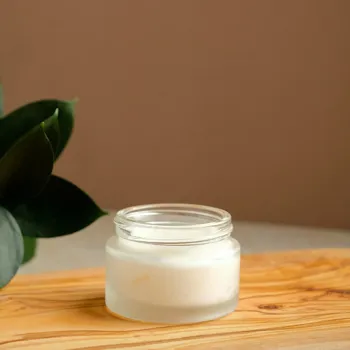
They are often used to treat conditions like eczema or psoriasis. While ointments can feel greasy, they are incredibly effective at locking in moisture and promoting healing. Petroleum jelly is a classic example of an ointment moisturizer.
Ointments are best applied at night, allowing them to work their magic while you sleep. It should not be used for oily skin because of its high occlusion factor,
Serums deliver active ingredients for skin, enhance hydration, costly
Serums are lightweight, fast-absorbing liquids that deliver a concentrated dose of active ingredients to the skin. While not technically moisturizers in the traditional sense, they can be incorporated into your skincare routine to enhance hydration and address specific skin concerns.
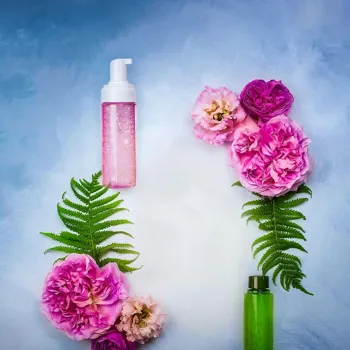
Hydrating serums often contain ingredients like hyaluronic acid or vitamin B5, which draw moisture into the skin and improve its overall texture. Serums can be used alone or layered under a cream or lotion for an extra boost of hydration.
Serums, however, are more beneficial if you have serious skin conditions and are not necessary for a regular skincare routine. Serums are often one of the most expensive skincare products in the market
Understand skin type for choosing the right moisturizer
So, which moisturizer is right for you? The key is to understand your skin type and its specific needs. If you have dry skin, look for creams or ointments with a high concentration of emollients and occlusives.
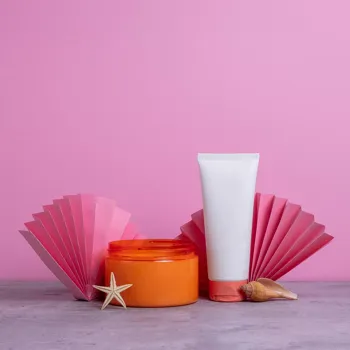
If you have oily skin, opt for a gel-based moisturizer that is oil-free and non-comedogenic. If you have normal to slightly dry skin, a lotion will likely do the trick. And if you have specific skin concerns, like acne or sensitivity, look for moisturizers that contain targeted ingredients.
Climate influences skincare product choice. Listen to skin's needs
Remember to also consider the climate you live in. In hot and humid weather, you might prefer a lighter moisturizer, while in cold and dry weather, you might need something richer. Don't be afraid to experiment with different products until you find the one that works best for your skin.
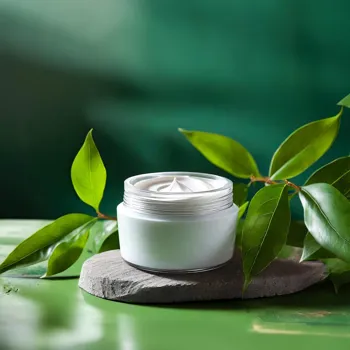
And most importantly, listen to your skin! It will tell you what it needs.
Understand moisturizers for healthy, glowing skin
By understanding the different types of moisturizers and your skin's unique needs, you can create a skincare routine that keeps your skin healthy, hydrated, and glowing, no matter the weather. So go ahead, embrace the world of moisturizers, and unlock the secret to radiant and happy skin!
